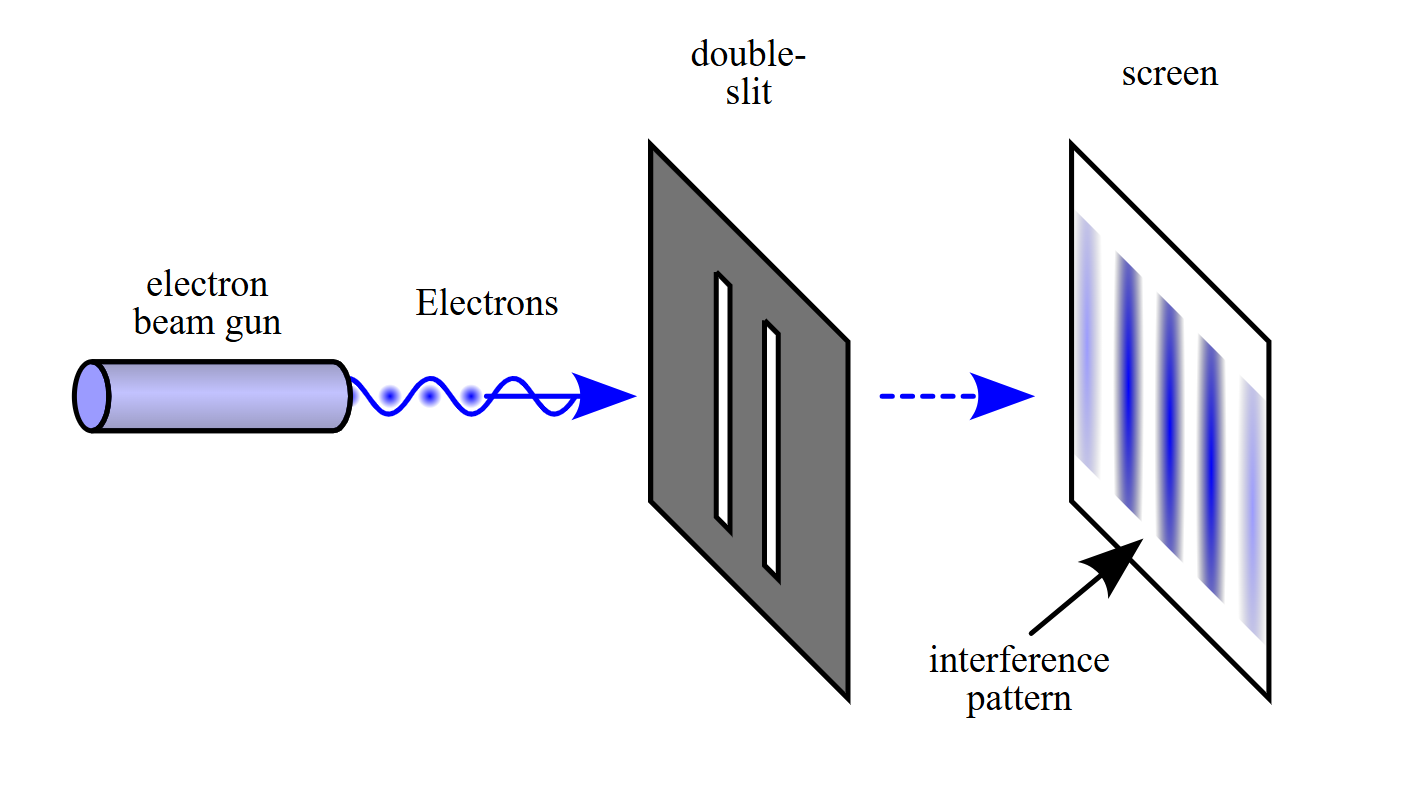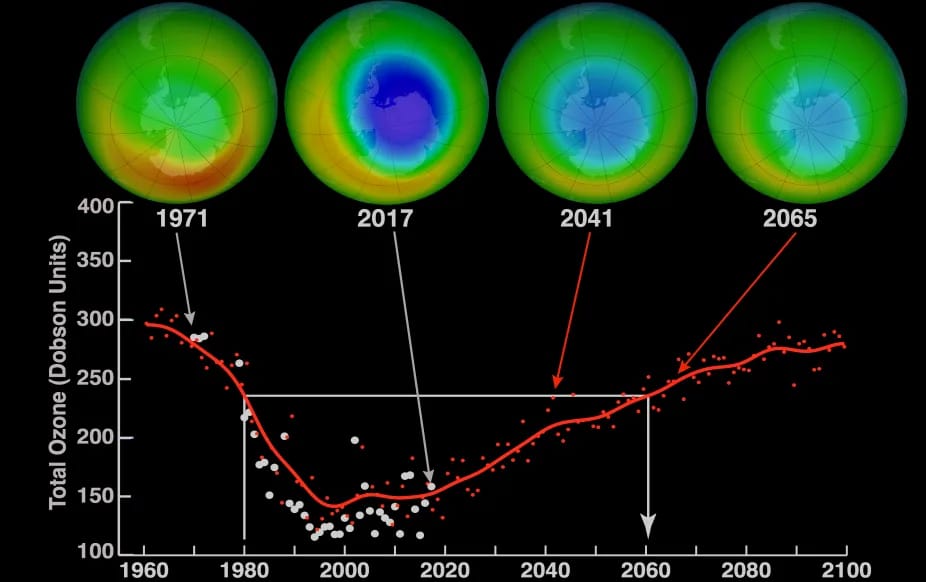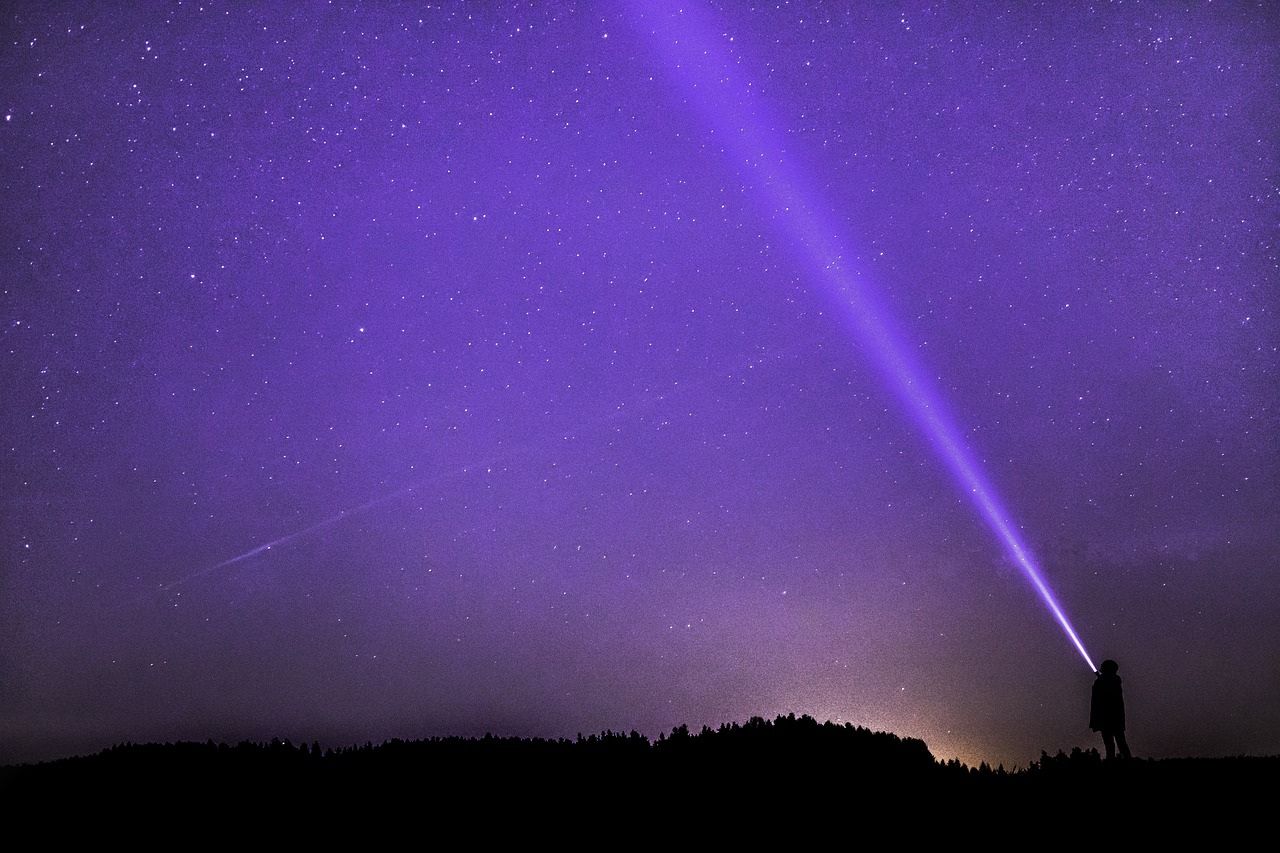Through the Quantum Looking Glass: Unveiling the Mystery of Young's Double-Slit Experiment

Imagine a single particle passing through two doors at the same time. Sounds impossible? Welcome to the mind-bending world of the double-slit experiment, where quantum physics defies our everyday logic. Young’s Double Slit Experiment aims to research the fundamental nature of light and particles, specifically their duality between waves and particles. In the year 1801, Thomas Young first conducted the Young double slit experiment to demonstrate that light behaves like a wave, opposing the previously proposed idea of Sir Isaac Newton that light is a stream of particles. The appearance of dark and bright fringes showed the wave-like behavior of light.
The experimental setup includes a light source, slits that act as openings for light to pass through, and a screen to detect the light or particles. If one slit is opened, you observe a single bright band directly behind the slit (like the nature of the particle). If both slits are open, you would expect to see two bright bands behind the slits. However, this is not the case. When two slits are opened, dark and bright fringes appear as stated earlier. Surprisingly, if you send even one particle at a time, they still form an interfered pattern (bright and dark fringes).
One of the strangest conclusions of the double-slit experiment? Reality itself seems to change based on whether we’re looking or not. It’s as if the universe is playing hide-and-seek! If you place a detector at the slits, from which the particles pass through, the interference pattern no longer appears. Instead, what you see then is two bands, as though the particles were behaving like tiny balls. This proves that, when particles are not being observed, they show wave-like behavior and pass through the slits simultaneously. However, when the particles are being observed, they act like tiny balls (particles), as if the observation makes them choose one slit. Turns out, electrons are shy. Watch them closely, and they stop showing their wavy side. It's like catching someone dancing in their room–they freeze when you open the door.
Young’s double slit experiment talks about the strange behavior of quantum particles. It discusses the wave-particle duality nature of particles like electrons and photons. Furthermore, without being observed, the particles exist in a state of superposition, meaning that they exist in two different states at once. Additionally, it uncovers that quantum systems are affected by measurement. When the particle is being observed, it is forced to switch to a definite state from a state of superposition. Lastly, the interference pattern is determined by the probability of where the particle is likely to land. This introduces probabilistic behavior, making it different from the fixed laws of classical physics.
Before Young’s double slit experiment, scientists thought of particles that behaved like tiny balls and moved predictably. However, this experiment showed that particles do not behave like classical objects at microscopic level. Furthermore, it shows reality is probabilistic, and fundamentally different at the quantum level.
The wave nature of particles can be represented by the wavefunction, ψ. The probability of finding a particle at a certain point is directly proportional to the square of the amplitude of the wave function, meaning, Probability = k |ψ|2, with k being a constant value.
In the interference pattern, we have two types of the pattern. First is the constructive interference, in which both crests align, so the amplitude of both the waves are added. Second is destructive interference, where one crest and one trough of waves are aligned so the amplitude is subtracted. This shows that bright regions correspond to higher probabilities and dark regions correspond to lower probabilities. The interference pattern on the screen is like ripples in a pond. When two stones are dropped into the water, the ripples overlap, creating areas of stronger and weaker waves. Light and electrons behave the same way, but only when no one’s watching.
The principles revealed in the double-slit experiment form the foundation of technologies like quantum computers, lasers, and even secure communications in quantum cryptography, and helped us to understand the universe, challenging how we think about reality at the smallest scales. Are we uncovering the secrets of the universe, or just scratching the surface of something far more complex than we can imagine?
Similar Post You May Like
-

CFCs, HFCs and their long, troubled history
At its peak, the ozone hole covered an area 7 times larger than the size of Europe, around 29.9 million km2, and was rapidly expanding
-

The Origin of Universe: Deciding point where it all began!
Let us unravel and surf through the ideas throughout ages to understand what the universe and its origin itself was to its inhabitants across history.
-

The Artemis Program
Inspired by the Greek goddess of the Moon, twin sister to Apollo, the artimis program was named on 14 May 2019 by Jim Bridenstine.






